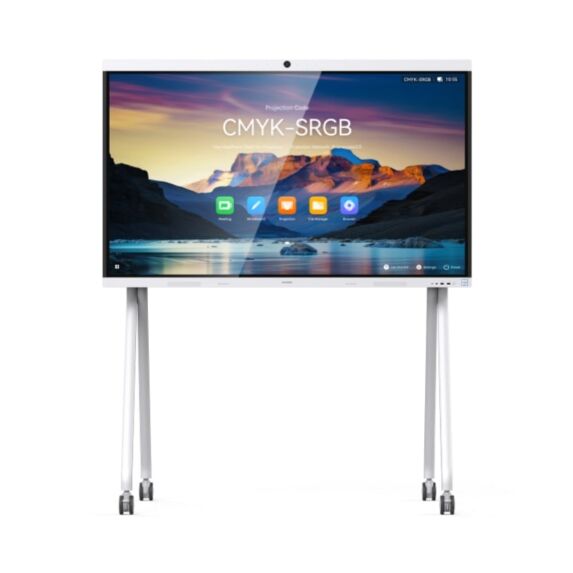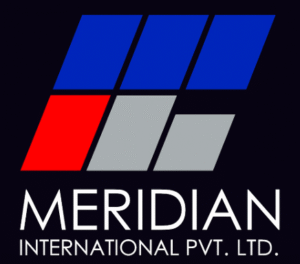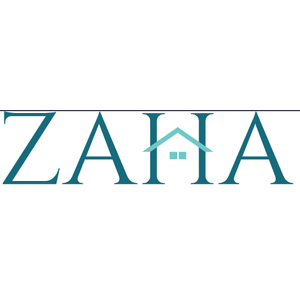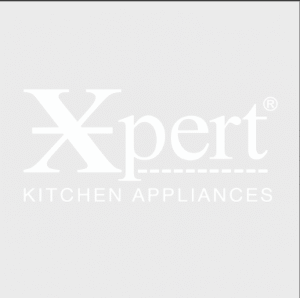In today’s fast-paced corporate environment, communication and collaboration are more critical than ever. Whether it’s a client presentation, a weekly team sync, or a cross-border strategy session, how effectively ideas are communicated can determine the success of a project—or even an organization. As such, many forward-thinking companies are replacing traditional whiteboards with smart boards like the Huawei IdeaHub B3 65 inch, which offer far more than just a surface to write on.
This article explores the evolution of meeting room technologies and the reasons why smart boards are quickly becoming the standard in modern offices.
1. Traditional Whiteboards: Limited by Nature
While traditional whiteboards have long been a staple in classrooms and boardrooms, they have inherent limitations:
-
No remote collaboration: Only people physically present in the room can see or contribute.
-
Manual erasing and maintenance: Repetitive cleaning and fading markers can be inconvenient and unprofessional.
-
Lack of digital records: Meeting notes must be manually copied or photographed for later use.
-
Non-interactive: Static content cannot be manipulated, moved, or transformed into actionable items in real time.
These limitations are increasingly incompatible with the hybrid work models and digital transformation agendas of 2025.
2. Smart Boards: A Digital Leap Forward
Smart boards combine display technology, wireless connectivity, and artificial intelligence to create a truly interactive experience. Devices like the Huawei IdeaHub aren’t just substitutes for whiteboards—they’re intelligent collaboration ecosystems. Here’s why companies are embracing them:
a. Seamless Connectivity
Smart boards allow team members to connect via Wi-Fi, HDMI, or screen sharing apps. Huawei IdeaHub, for instance, supports wireless projection from laptops and mobile devices with ultra-low latency, eliminating the need for tangled cables or dongles.
b. Real-Time Collaboration
Using cloud integration, participants can co-annotate documents, share updates in real-time, and even video conference—all in one interface. Whether your colleague is in the next room or halfway across the globe, they can contribute just as easily.
c. Voice and Touch Integration
Advanced smart boards support both stylus and finger touch, with ultra-responsive interfaces. Some, like the Huawei IdeaHub, come with smart voice control and handwriting recognition powered by AI, making presentations smoother and more dynamic.
3. Huawei IdeaHub B3 65 inch: A Standout Performer
Among the many options available on the market, the Huawei IdeaHub B3 65 inch has emerged as a leading solution for professional and educational settings. It combines 4K resolution, an intelligent writing surface, and seamless video conferencing capabilities in one integrated device.
Here’s how the IdeaHub B3 sets itself apart:
-
Crystal-Clear 4K Display: Ideal for presentations, design reviews, and data visualization.
-
Immersive Audio and Visuals: With AI-powered noise cancellation and HD cameras, remote attendees experience meetings as if they’re in the room.
-
Smart Whiteboard Functionality: It automatically recognizes shapes and text, converting rough sketches into polished diagrams.
-
Cross-Platform Compatibility: Works seamlessly with mainstream video conferencing tools and productivity platforms.
All of these features make the huawei ideahub b3 65 inch a compelling investment for companies focused on collaboration and efficiency.
4. Cost vs. Value: The Bigger Picture
One of the common hesitations in adopting smart boards is the perceived cost. Traditional whiteboards are inexpensive and easy to install. However, this is a short-sighted view.
Smart boards may require upfront investment, but the return comes in many forms:
-
Reduced travel costs via virtual collaboration
-
Higher productivity through better engagement
-
Better record keeping via digital archives
-
Time saved during meetings and follow-ups
Over time, the increased efficiency can lead to significant cost savings and faster decision-making processes.
5. Data Security & Access Management
In the era of remote work, cybersecurity is more important than ever. Unlike traditional boards that offer no protection, smart boards like the IdeaHub come with enterprise-grade encryption, secure login, and access control. Sensitive data shared during meetings stays protected and confidential.
6. Use Cases Across Industries
Smart boards are versatile and can serve a wide range of industries:
-
Education: Virtual classrooms with remote student participation
-
Healthcare: Interactive consultations and surgical planning
-
Construction & Architecture: Real-time design markups and project walkthroughs
-
Finance: Secure, collaborative presentations and client consultations
In each scenario, the smart board adds measurable value to the communication process.
7. Sustainability Matters
Unlike traditional whiteboards that require regular replacement of pens, erasers, and plastic sheets, smart boards are inherently more sustainable. Digital notes reduce the need for paper, and long product life cycles lower the environmental footprint.
- Smart Boards vs. Traditional Whiteboards: Why Modern Offices Are Making the Switch
- Discover how smart boards like the Huawei IdeaHub B3 65 inch are revolutionizing meetings with seamless collaboration, AI tools, and 4K displays.
- huawei ideahub
Related posts:
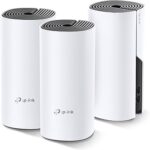 Why Is My Deco Mesh WiFi Slower Than Expected? Step By Step instructions
Why Is My Deco Mesh WiFi Slower Than Expected? Step By Step instructions
 Slow Flashing White Light on WiFi Pod – Explained Easy Setup
Slow Flashing White Light on WiFi Pod – Explained Easy Setup
 The Rising Impact of Outdoor LED Advertising Boards in Modern Marketing
The Rising Impact of Outdoor LED Advertising Boards in Modern Marketing
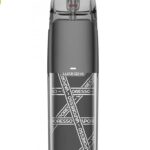 Vaporesso Luxe Q2 SE vs. Uwell Caliburn G3 Lite: Which Pod Kit Wins?
Vaporesso Luxe Q2 SE vs. Uwell Caliburn G3 Lite: Which Pod Kit Wins?
 Why Wise Market PK is the Best Place to Buy the iPhone 13 Pro Max in Pakistan
Why Wise Market PK is the Best Place to Buy the iPhone 13 Pro Max in Pakistan
 Used Car Maintenance Checklist Every Buyer Should Know in Pakistan
Used Car Maintenance Checklist Every Buyer Should Know in Pakistan
 Upgrade with Haier HDF-545 Double Door Inverter Deep Freezer
Upgrade with Haier HDF-545 Double Door Inverter Deep Freezer
 Future-Proofing Connectivity: Communication Equipment Market Trends
Future-Proofing Connectivity: Communication Equipment Market Trends




